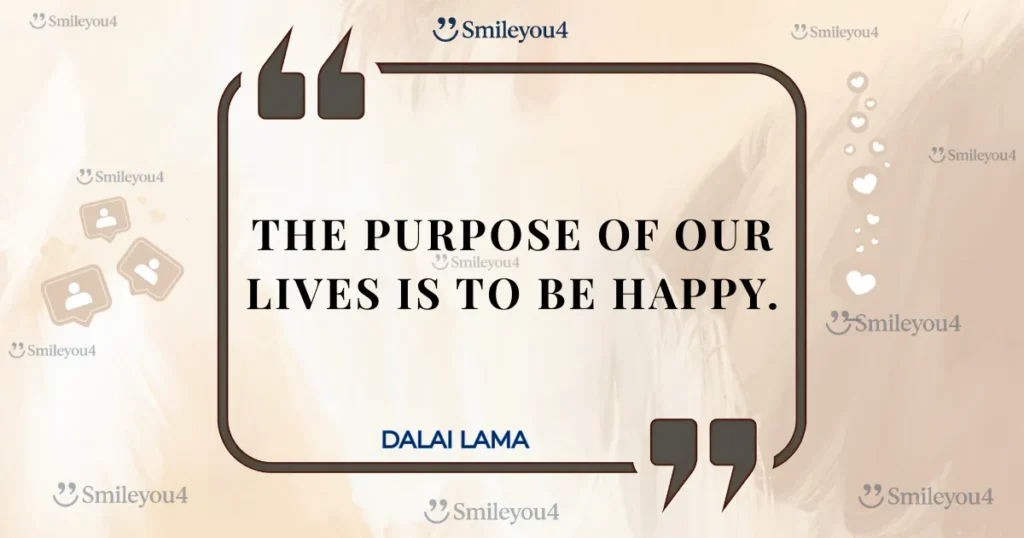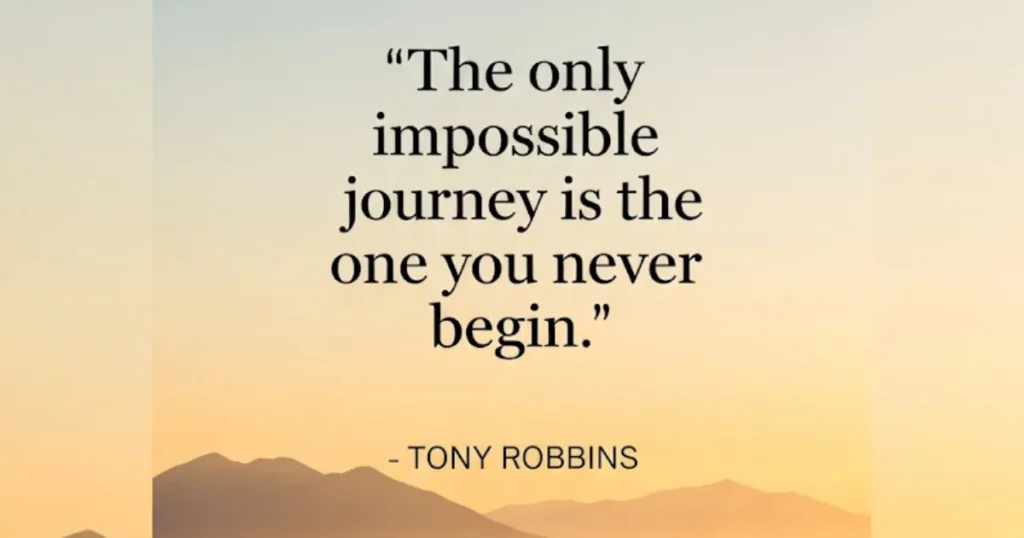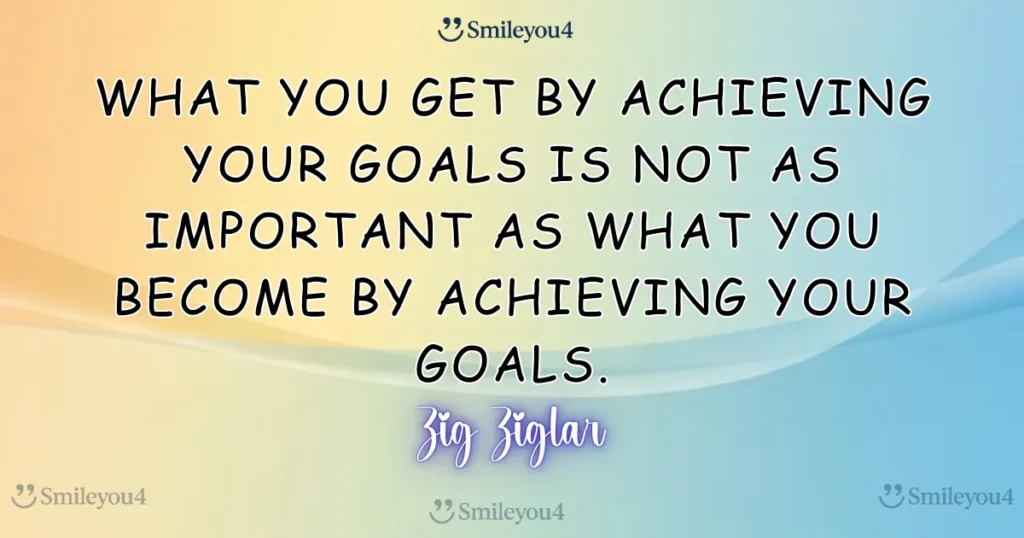What if everything you’ve been taught about life’s purpose is backwards? While society pushes us toward achievements, status, and endless productivity, the Dalai Lama offers a revolutionary truth: “The purpose of our lives is to be happy.” This purpose of our lives is to be happy Dalai Lama wisdom isn’t naive optimism—it’s a profound understanding of what makes life truly meaningful.

You’ve probably felt the pressure to chase external markers of success, believing happiness would naturally follow. But what if you flipped that equation? What if pursuing happiness itself became your compass, guiding every decision and transforming how you approach work, relationships, and personal growth?
Today, we’ll explore how this simple yet powerful philosophy can revolutionize your entire approach to living. You’ll discover why the Dalai Lama purpose of our lives is to be happy principle works and learn actionable steps to make joy your true north starting right now.
Understanding the Dalai Lama’s Life-Changing Philosophy
The Spiritual Leader Who Lost Everything Yet Found Joy
When the Dalai Lama declared that purpose of our lives is to be happy, he spoke from extraordinary personal experience. Forced to flee Tibet at age 24, he lost his homeland, his people’s freedom, and everything familiar. Yet through decades of exile, he discovered something remarkable: external circumstances don’t determine inner peace.
His approach to happiness isn’t about ignoring suffering or pursuing selfish pleasure. Instead, the Dalai Lama teaches that genuine happiness comes from compassion, inner peace, and contributing to others’ wellbeing. He embodies his own philosophy by maintaining incredible joy despite facing one of the 20th century’s greatest losses.
This perspective transforms how we view life’s challenges. Instead of seeing difficulties as obstacles to happiness, we begin recognizing them as opportunities to develop the resilience and compassion that create lasting joy.
Breaking Down the Quote’s Revolutionary Message
“The purpose of our lives is to be happy.” Let’s examine why these eight simple words contain the power to transform everything:
- “The purpose” suggests this isn’t just one goal among many—it’s your primary mission
- “Of our lives” indicates this applies to your entire existence, not just leisure time
- “Is to be happy” positions joy as the ultimate objective, not a byproduct of other achievements
This purpose of our lives is to be happy Dalai Lama philosophy works because it reframes every decision through one question: “Will this contribute to genuine happiness—mine and others’?” Suddenly, you have a clear filter for choices that seemed complicated before.
The Science Behind Happiness as Life’s Purpose
How Joy-Focused Living Changes Your Brain
Modern neuroscience confirms what the Dalai Lama intuitively understood about happiness-centered living. When you prioritize genuine joy, your brain undergoes remarkable transformations:
Neurological benefits:
- Increased production of serotonin and dopamine, your natural happiness chemicals
- Enhanced neuroplasticity, making it easier to form positive habits
- Strengthened prefrontal cortex, improving decision-making abilities
- Reduced amygdala reactivity, decreasing stress and anxiety responses
Psychological advantages:
- Greater resilience during challenging times
- Improved creativity and problem-solving skills
- Enhanced empathy and social connection abilities
- Increased motivation for meaningful activities
This scientific backing proves that making purpose of our lives is to be happy your guiding principle isn’t just feel-good philosophy—it’s a practical strategy for optimal human functioning.
The Happiness-Success Connection
Research reveals something surprising: happiness doesn’t follow success—it precedes it. Studies show that happy people are:
- 31% more productive at work
- 3x more creative in problem-solving
- 10x more engaged in their activities
- 37% better at sales performance
This data supports the Dalai Lama purpose of our lives is to be happy approach by showing that joy isn’t the reward for achievement—it’s the foundation that makes achievement possible.
Real-Life Examples of Happiness-Centered Living
Oprah Winfrey: From Trauma to Purpose-Driven Joy
Oprah’s transformation from childhood trauma to becoming one of the world’s most influential media personalities perfectly illustrates how the purpose of our lives is to be happy can guide a entire life. Despite facing poverty, abuse, and discrimination, she chose to make joy and service her driving forces.
Her happiness-centered approach included:
- Using her painful experiences to connect authentically with others
- Choosing work that brought her genuine satisfaction, not just money
- Building relationships based on mutual growth and support
- Practicing daily gratitude to maintain perspective during challenges
- Creating content that uplifted others while fulfilling her own purpose
Oprah’s success came not from pursuing external validation, but from aligning her career with what brought her genuine happiness: helping others transform their lives.
Robin Williams: The Complexity of Joy and Struggle
Robin Williams’s life offers a nuanced example of the Dalai Lama purpose of our lives is to be happy principle. Despite battling depression, Williams dedicated his life to creating joy for others through comedy and performance.
His approach taught important lessons:
- Happiness can coexist with struggle—it’s not about perfect emotional states
- Creating joy for others often becomes a source of personal meaning
- Pursuing your authentic gifts, even imperfectly, contributes to life’s purpose
- Professional success feels empty without genuine connection to your work
Williams showed that embracing purpose of our lives is to be happy doesn’t mean ignoring mental health challenges, but rather finding meaning through contributing to others’ wellbeing.
Viktor Frankl: Finding Purpose Through Service
Holocaust survivor Viktor Frankl discovered that even in extreme suffering, humans can find meaning and moments of happiness by serving something greater than themselves. His experience validates the Dalai Lama teaching that true joy comes from compassion and contribution.
Frankl’s insights included:
- Happiness cannot be pursued directly—it must come as a byproduct of meaningful action
- Even in the darkest circumstances, you can choose your response
- Helping others creates a sense of purpose that sustains you through difficulty
- Love and connection provide the deepest sources of human joy
His life proved that the purpose of our lives is to be happy Dalai Lama wisdom works even in humanity’s darkest moments.
Practical Ways to Make Happiness Your Life’s Purpose
Start Your Day with Joy Intention
Transform your mornings by applying the purpose of our lives is to be happy principle from the moment you wake up:
Morning happiness rituals:
- Before checking your phone, ask yourself: “How can I create happiness today?”
- Practice gratitude by listing three things that bring you genuine joy
- Set intentions for how you want to feel, not just what you want to accomplish
- Choose activities that energize rather than drain you when possible
Mindset preparation:
- Remember that pursuing happiness isn’t selfish—joyful people contribute more to others
- Focus on what you can control: your responses, choices, and attitude
- Visualize yourself moving through the day with peace and positivity
- Connect with your deeper values that create lasting satisfaction
Apply Happiness-Centered Decision Making
Every choice becomes clearer when you remember that the Dalai Lama purpose of our lives is to be happy guides your path:
Career decisions:
- Choose work that aligns with your values, even if it means less money initially
- Prioritize growth and learning opportunities over just status increases
- Build relationships with colleagues who inspire and support you
- Find ways to contribute meaningfully, regardless of your job title
Relationship choices:
- Invest time in people who genuinely care about your wellbeing
- Practice compassion with difficult people while protecting your peace
- Express gratitude and appreciation regularly to strengthen connections
- Choose conversations that uplift rather than drain your energy
Daily habits:
- Replace activities that consistently make you unhappy with joy-creating alternatives
- Spend time in nature regularly to restore your natural equilibrium
- Engage in creative pursuits that bring you satisfaction
- Practice mindfulness to appreciate present moments rather than always rushing ahead
Build Your Personal Happiness Framework
Create systems that support the purpose of our lives is to be happy as your guiding principle:
Weekly happiness audit:
- Review which activities brought you genuine joy this week
- Identify what drained your energy and consider alternatives
- Plan upcoming activities that align with your happiness goals
- Connect with people who support your wellbeing
Monthly purpose check:
- Assess whether your major commitments contribute to or detract from genuine happiness
- Adjust your schedule to include more joy-creating activities
- Evaluate relationships and their impact on your overall wellbeing
- Set new happiness-centered goals based on what you’ve learned
Overcoming Common Obstacles to Happiness-Centered Living
Moving Beyond “Selfish” Guilt
Many people resist embracing that the purpose of our lives is to be happy because they’ve been taught that prioritizing joy is selfish. Challenge this limiting belief:
Understanding true vs. false happiness:
- Genuine happiness includes others’ wellbeing—it’s not zero-sum
- Joyful people have more energy and resources to help others
- Your happiness gives others permission to prioritize their own joy
- Miserable people often spread negativity, while happy people inspire others
Practical guilt-busting strategies:
- Notice how your mood affects everyone around you positively when you’re happy
- Remember that you can’t give what you don’t have—fill your cup first
- Consider how your happiness models healthy living for children and friends
- Recognize that sacrificing your joy rarely creates lasting positive change
Dealing with External Pressure
Society often pushes goals that conflict with the Dalai Lama purpose of our lives is to be happy philosophy:
When facing pressure to prioritize achievement over joy:
- Define success in your own terms, not others’ expectations
- Remember that external validation provides only temporary satisfaction
- Focus on progress and growth rather than comparison with others
- Surround yourself with people who support your happiness-centered approach
Handling criticism for prioritizing happiness:
- Understand that criticism often comes from people who’ve given up on their own joy
- Stay connected to your values rather than defending your choices constantly
- Let your results speak for themselves—happy people achieve meaningful goals
- Remember that you’re modeling a healthier approach for others to follow
Managing Setbacks and Difficult Emotions
Embracing purpose of our lives is to be happy doesn’t mean avoiding all negative emotions:
During challenging times:
- Allow yourself to feel sadness, anger, or frustration without judgment
- Remember that difficult


